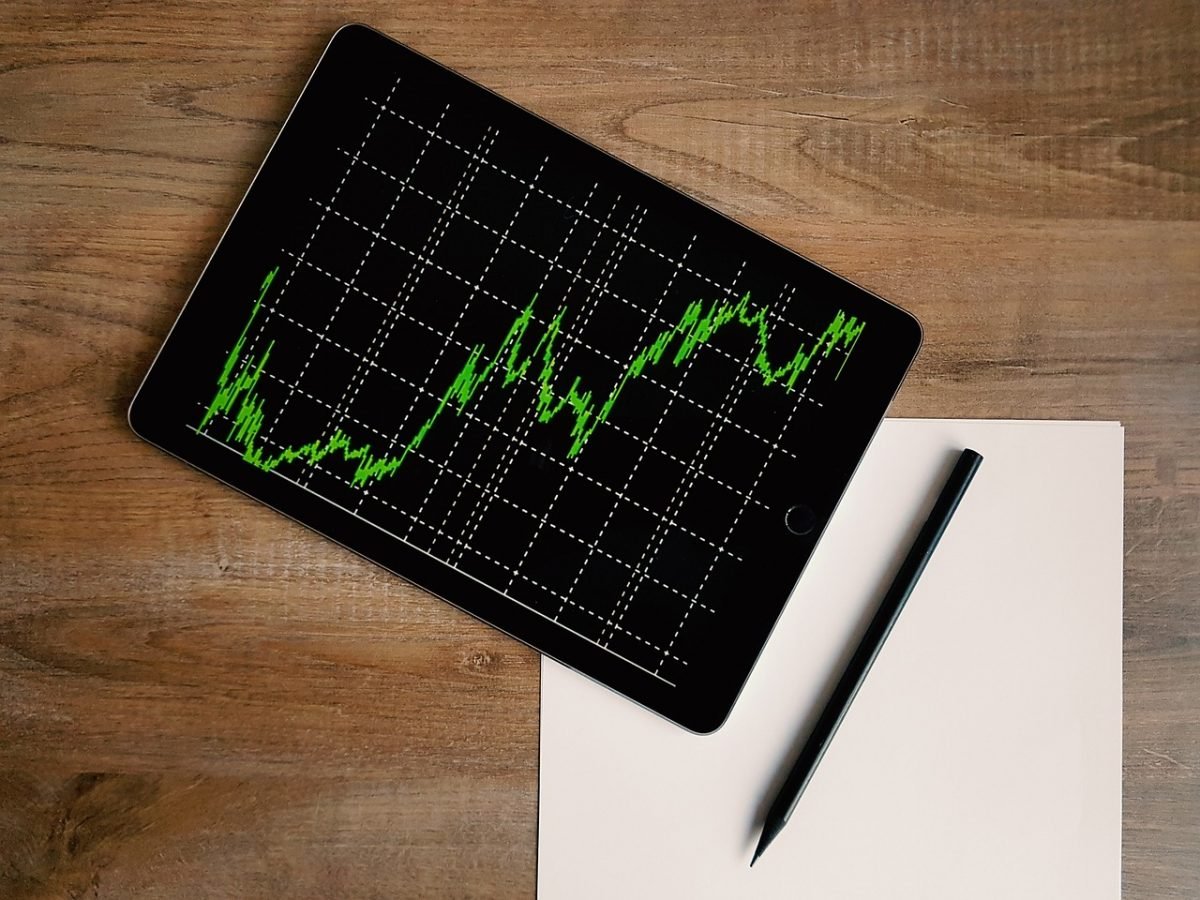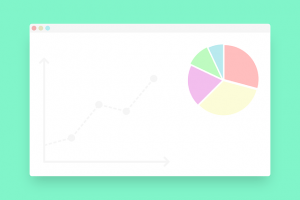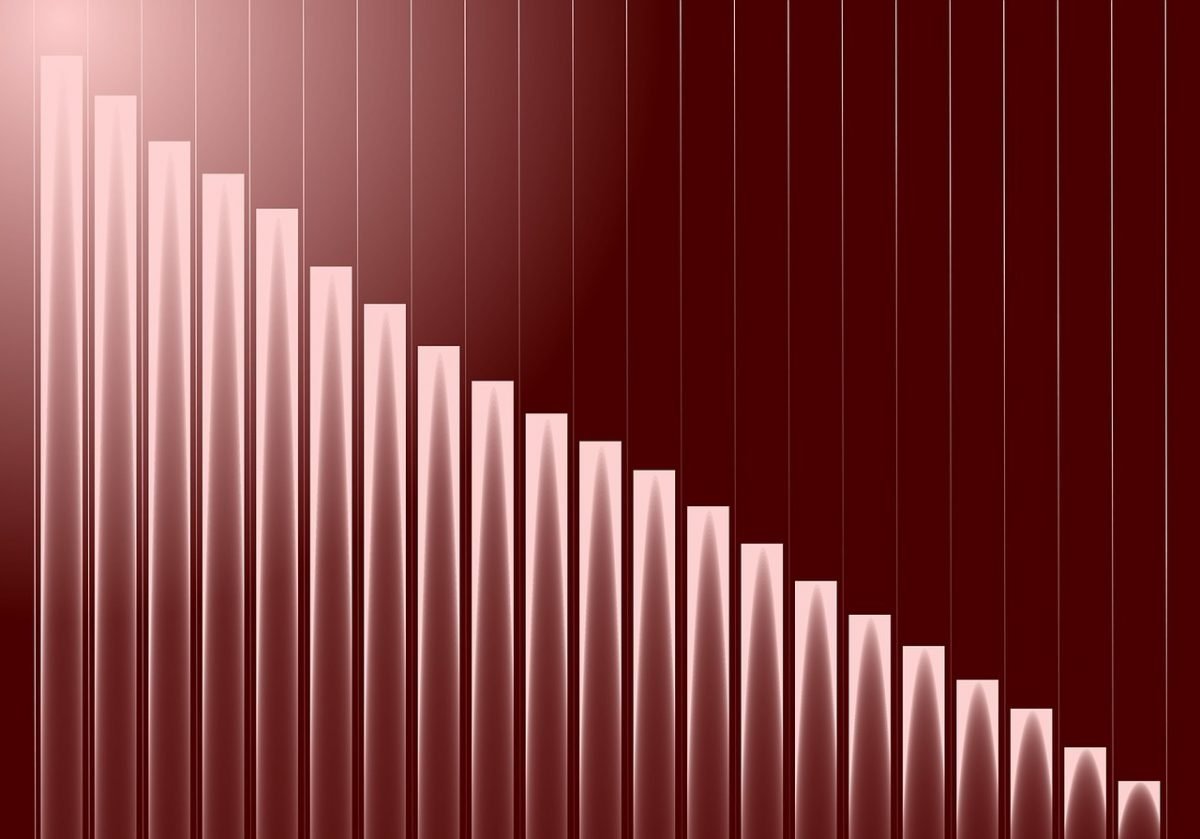An interesting thing that you might Place when looking at a candlestick graph is the doji. It’s a fascinating feature that shows there’s a feeling of uncertainty and indecisiveness in the stock exchange at a certain moment. The doji is a feature on a candlestick at which the beginning and finish values at a particular time period are nearly equivalent to one another. As an example, a doji for a single day might imply that the stock began trading at $34.50 and finished at $34.55. It might be a very minimal increase or decrease in the value based on the colour of the doji. Maybe the doji is shameful and suggests it has the exact same value during the whole period.
In fact, the doji may be a indication of a enormous conflict between sellers and buyers. There aren’t any real indicators about how the inventory might evolve over time. You need to appear at the doji on a stock when planning a fantastic strategy. You can use this to determine where a stock is going before you attempt to buy or sell it.
Examine the Volume Line
 The most noteworthy thing you will notice in a doji is that the volume line. It shows plenty of trading going on at a specific time. This demonstrates that the value of the inventory kept changing throughout the day, but in the long run, nothing actually happened as it remained the same. Needless to say, you should be knowledgeable about the quantity line by now. During a normal trading day, you’ll discover that the volume line will always proceed. It’s rare that the quantity line won’t exist on one end of the bar. In other words, the final price is generally lower or higher than whatever the quantity bar indicates, but this is something quite different from what you might find on a doji. The volume line is the greatest indication that there’s a dispute between sellers and buyers. In actuality, you can look at various forms of doji to learn what’s available in a trade and the way that commerce might evolve over time.
The most noteworthy thing you will notice in a doji is that the volume line. It shows plenty of trading going on at a specific time. This demonstrates that the value of the inventory kept changing throughout the day, but in the long run, nothing actually happened as it remained the same. Needless to say, you should be knowledgeable about the quantity line by now. During a normal trading day, you’ll discover that the volume line will always proceed. It’s rare that the quantity line won’t exist on one end of the bar. In other words, the final price is generally lower or higher than whatever the quantity bar indicates, but this is something quite different from what you might find on a doji. The volume line is the greatest indication that there’s a dispute between sellers and buyers. In actuality, you can look at various forms of doji to learn what’s available in a trade and the way that commerce might evolve over time.
Typically, the doji is a change signal. This suggests The momentum at a stock is beginning to slow down, thus causing the value of the stock to go in another direction. There might be occasions when a doji is a symptom of a continuation also as the highs or lows of the inventory are moving in precisely the exact same way as that of the remainder of the inventory before moving upward. This makes it hard for people to determine what changes may be occurring at a specified time.
Kinds of Doji
stock. Luckily, you can use this together with the doji to change your strategies for trading. A number of the doji forms are as follows:
Neutral
The impartial doji is one that features relatively little The stock may not have been traded considerably at this time. You’d have to consider the complete trading volume number to get an idea about what’s happening with your inventory. Meanwhile, the neutral line could show a fantastic variance in the way the stock was traded. Start looking for a stock listing that shows candlesticks representing shorter lengths of time to have a clearer idea of how the doji was formed based on how frequently the stock went up and if it went down. This indicates how the inventory in question may have shifted.
features relatively little The stock may not have been traded considerably at this time. You’d have to consider the complete trading volume number to get an idea about what’s happening with your inventory. Meanwhile, the neutral line could show a fantastic variance in the way the stock was traded. Start looking for a stock listing that shows candlesticks representing shorter lengths of time to have a clearer idea of how the doji was formed based on how frequently the stock went up and if it went down. This indicates how the inventory in question may have shifted.
Long-Legged
Neutral doji but with a radically different design. This implies that there was a much larger change in the value of this inventory over the day. This is another example of how individuals in the marketplace may have differing opinions on how the inventory is working. Some folks believe that the stock is worth checking out, but others may say that the inventory isn’t worthwhile. The vital issue is that the investors are unsure about how the stock will move.
1 thing to notice about a long-legged doji is the stock Attached to it may have a collection of resistance rings on both ends. When you enlarge that doji at a read-out and examine the value of this inventory during smaller trading periods, you may notice some substantial changes in the stock’s value. It might have started the day down and then proceeded up with a massive rally only to drop back again. You may see a trend where people are prepared to sell the inventory based on where it was going at the end of the trading interval. You can also compare this tendency with different points pertaining to how the inventory was moving.
Dragonfly
Have certain tendencies that move up or down. These may predict specific changes in the value of this inventory. The fantastic thing about both of these is that you don’t necessarily have to go to a deeper time period to attempt to find out exactly what the value of this stock may be.
two doji. This is one in which the volume bar has a lengthy shadow beneath the candlestick. It demonstrates that while the stock hasn’t changed in value during that trading interval, the stock still went down during this period. To put it differently, the opening and closing costs both happened during the greatest periods of the day for trading worth. This implies that the stock may be heading toward a specific point in the trading procedure. Typically, the dragonfly doji implies that the stock is going to decline in value. The doji just shows that individuals may not be convinced in a stock. Perhaps it may be a indication that a positive trend will become negative.
Particular, you may look at a number of the candlesticks that came before the doji was formed. You could use this to decide whether the dragonfly doji is emblematic of a continuation. Perhaps it might be a change. It’s still possible to look into the doji for those who have an analytics application that lets you examine the detailed period where the doji has been formed. This should indicate how heavy the doji may be moving and how frequently it might have reached its lowest point in value throughout the trading period. Again, this isn’t as critical as the long term analysis of this inventory.
Gravestone
The gravestone is another doji that reflects significant volume shifts. The gravestone indicates that the opening and final values were the lowest totals of the day. It might be a sign that a bullish stock is going to go into a change and might be bearish. It may also suggest a bearish period is going to end or is close to doing this. In a nutshell, the gravestone doji is the contrary of this dragonfly doji. After taking a look at the momentum of the inventory, you are able to enter into a position where the stock will move up or down based on what the doji suggests. Be careful and allow for sufficient time to pass so that you know what is going to happen with the inventory.
that reflects significant volume shifts. The gravestone indicates that the opening and final values were the lowest totals of the day. It might be a sign that a bullish stock is going to go into a change and might be bearish. It may also suggest a bearish period is going to end or is close to doing this. In a nutshell, the gravestone doji is the contrary of this dragonfly doji. After taking a look at the momentum of the inventory, you are able to enter into a position where the stock will move up or down based on what the doji suggests. Be careful and allow for sufficient time to pass so that you know what is going to happen with the inventory.
4-Price
At about exactly the exact same value. The low and high were roughly the same as the open and shut. The 4-price doji is the best sign of conflict in the marketplace. People are thinking of buying and sell the stock at precisely the identical time. You should look at the way the doji is shaped based on the trading volume. Trade the 4-price doji just when you’ve looked at previous candlesticks to determine how the stock is moving. You could always wait a couple of trading periods before trading merely to see where the doji might move and how it might expand in size, but it may also be too late based on the sudden change in the value being generated.
See When the Doji
You have to make a choice regarding whether or not the doji In that case, you should enter the market following the doji candle closes. You could also await a candle to form then original doji merely to confirm what’s happening. This could actually be better since the stock is very likely to keep moving nicely then next candle is shaped.
regarding whether or not the doji In that case, you should enter the market following the doji candle closes. You could also await a candle to form then original doji merely to confirm what’s happening. This could actually be better since the stock is very likely to keep moving nicely then next candle is shaped.
Examine How Much of A Change Occurs
Compare them with the complete value of the inventory. You might see a dramatic shift in which a stock went up or down by several percentage points but then dropped back down to a previous complete. As an example, a stock that started at $50 could have closed at $49.50. You might see a dragonfly doji here at which the inventory went to $45 before catching up. The doji is emblematic of the way the stock could wind up heading down later on. It would be more difficult to understand a sign if the doji shadow went to $49 before going back up. You would need to watch for another couple of candlesticks to find out what could be occurring.
Orders
 Stop-loss orders are Very Important to Improve your trades when you Work together with the doji. You may generate a stop-loss order at the direction of where the stock was moving. If you feel that the doji indicates a downtrend will go upward, you are able to generate a stop-loss order that’s a bit lower than the worth of this inventory as you enter the position. A better idea would be to use a gap between the established price and the stop-loss order that’s twice the amount of the volume bar that went in the opposite direction. If the stock you’re buying has a gravestone doji, set a stop-loss arrangement with two gravestone shadow lengths onto it.
Stop-loss orders are Very Important to Improve your trades when you Work together with the doji. You may generate a stop-loss order at the direction of where the stock was moving. If you feel that the doji indicates a downtrend will go upward, you are able to generate a stop-loss order that’s a bit lower than the worth of this inventory as you enter the position. A better idea would be to use a gap between the established price and the stop-loss order that’s twice the amount of the volume bar that went in the opposite direction. If the stock you’re buying has a gravestone doji, set a stop-loss arrangement with two gravestone shadow lengths onto it.
To look at getting from an existing trade.
- Watch For the way the stock you have is beginning to form a doji.
- Exit The stock once the doji begins to form.
- Get Back into the stock once the doji seems to have shaped and you are aware of where the stock is moving.
Have held on a stock. You have to know for sure what’s happening with your inventory as you move to a fantastic position.
Doji might seem in a row. You could find four or five straight doji in a time. When this occurs, you should take a look at the shadows as they’re produced. Of doji in a row will imply that the value of this stock won’t change much. Continuation in the inventory if you see a great deal of doji laid out in such a fashion. Review the whole volume of this inventory when those doji appear. One is trading the stock at the moment, thus making it hard for the